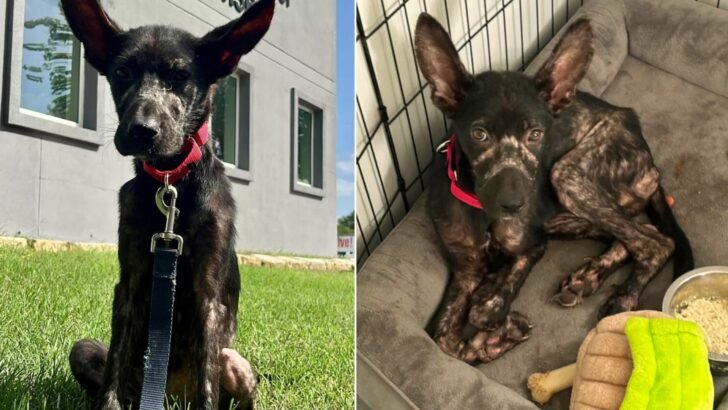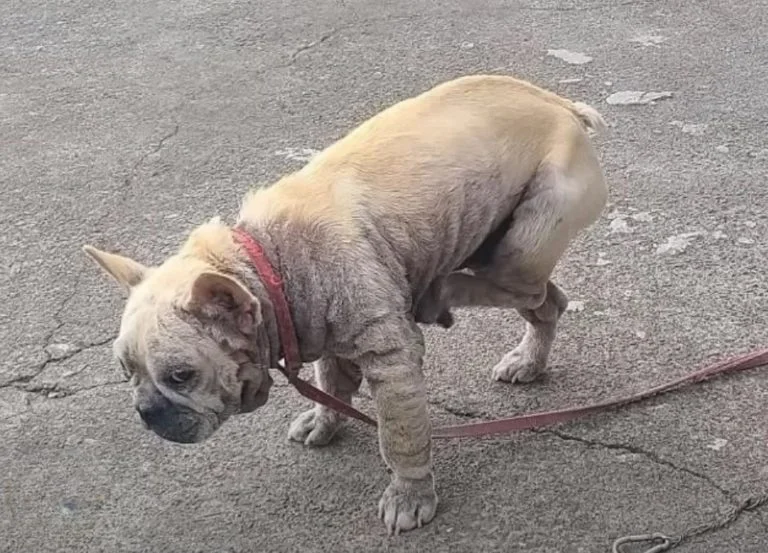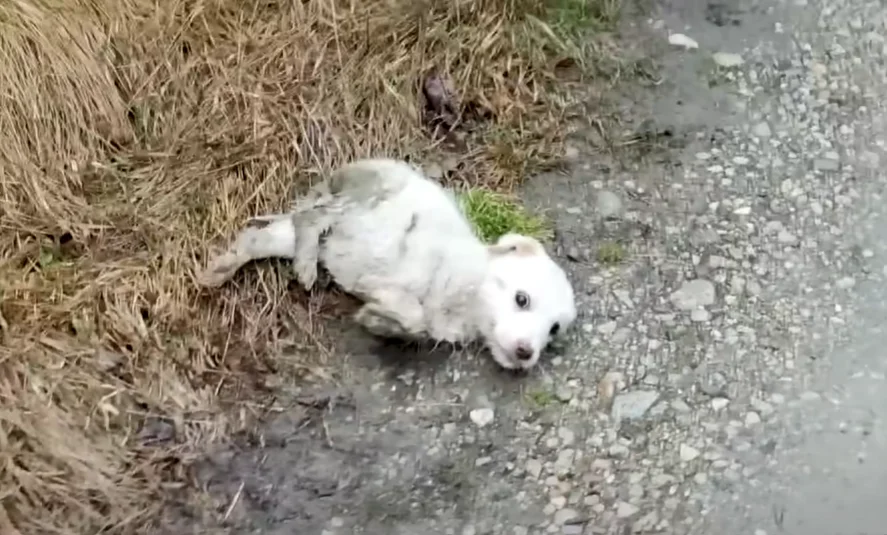When a dog has an injury or is experiencing discomfort, they often respond by licking the affected area. This behavior can stem from several reasons, including attempting to relieve pain, cleaning the area, soothing themselves, or becoming fixated on the irritation.
Why Do Dogs Lick Their Wounds?
- Pain and Irritation: Dogs may lick their wounds to alleviate pain or irritation. Just as humans might rub a sore spot, licking can be a way for dogs to try to ease discomfort. Additionally, as wounds heal, they can become itchy, prompting licking as a way to relieve the itch.
- Cleaning the Area: Dogs use their tongues to clean wounds, especially when they can’t wash the area themselves. Licking can help remove dirt or debris, although it’s not always effective and can sometimes introduce more bacteria.
- Self-Soothing: Licking can have a calming effect on dogs. It provides a rhythmic, repetitive action that may help soothe their anxiety or discomfort.
- Hyper-Fixation: Like humans, dogs can become overly focused on irritating sensations. This fixation can lead to excessive licking, which can be difficult to manage.

What Types of Wounds Do Dogs Lick?
Dogs might lick any type of wound, big or small. This includes minor irritations like abrasions from harnesses, nail injuries, or bites, as well as more serious issues like painful joints or fractures. Allergies, whether from food or the environment, can also cause dogs to lick, especially their paws.
Signs of Licking Wounds in Dogs
While you might see your dog licking their wound directly, some dogs do it only when unsupervised. Signs that your dog is licking a specific area include:
- Moist Fur: Wetness around the wound or affected area due to saliva.
- Redness and Irritation: Licking can cause redness and irritation, and the rough texture of a dog’s tongue can pull out surrounding hairs.
- Hair Loss: Repeated licking can lead to bald patches.
- Brown Staining: Over time, saliva can cause a brownish stain on the fur, especially on the feet or around the anal area.
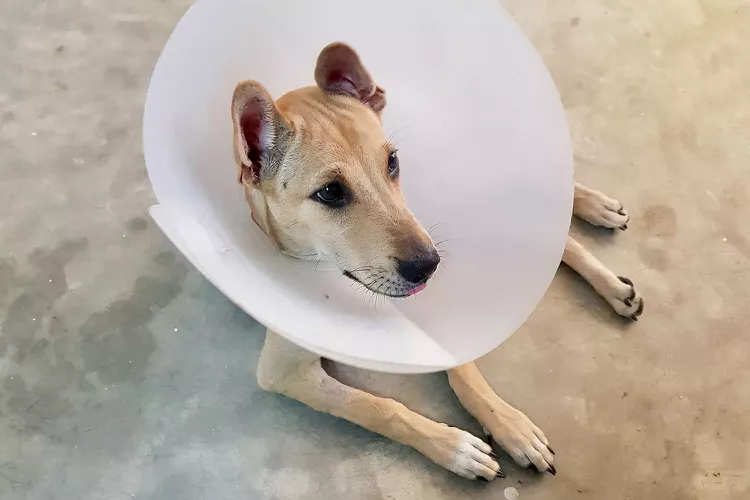
Should You Allow Your Dog to Lick Their Wound?
Contrary to popular belief, dogs’ mouths are not significantly cleaner than humans’. While some components of dog saliva may have mild antibacterial properties, they are insufficient to prevent infection, and licking can introduce more bacteria into the wound. Licking can also aggravate the injury, delay healing, and potentially open sutured wounds.
In most cases, it’s advisable to prevent your dog from licking their wounds. Always follow your veterinarian’s advice regarding wound care and licking.
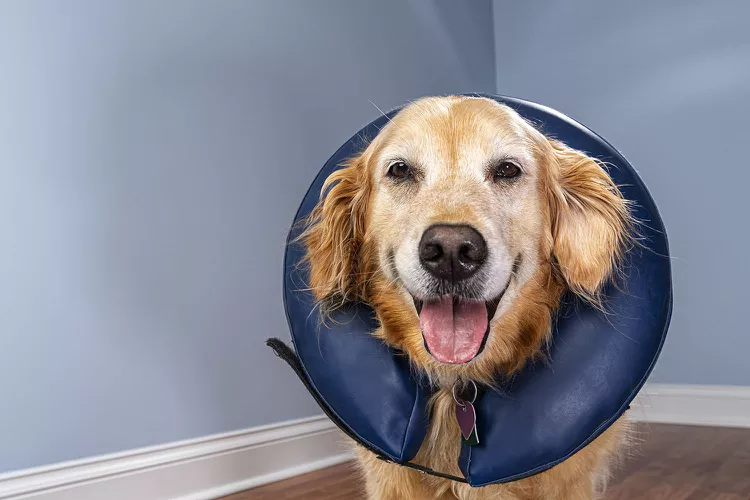
How to Stop a Dog from Licking Their Wound
- Elizabethan Collar: Commonly known as a “cone,” this device prevents dogs from reaching their wounds. Ensure it is properly fitted to be effective and comfortable.
- Inflatable Collar: An inflatable collar encircles the neck and prevents access to the body. It’s useful for wounds on the trunk but may not prevent licking of limbs.
- Homemade Collar: For medium to large dogs, a pool noodle cut into sections can be used to create a cost-effective barrier around the neck.
- Clothing: A shirt or sweater can protect wounds on the body, especially after surgery. Dog-specific clothing or human baby onesies for small dogs can be effective.
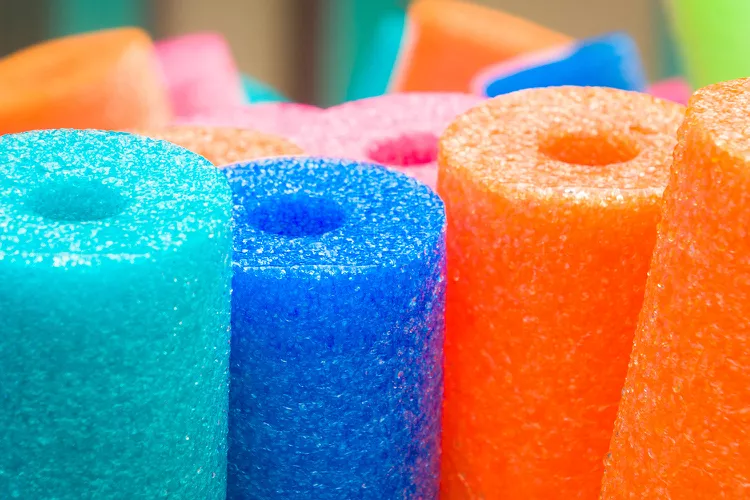
Things to Avoid
- Bandages: Improperly placed bandages can lead to serious complications, including skin damage or circulation issues. Always have bandages applied by a veterinarian.
- “No-Chew” Sprays and Ointments: These products can sometimes irritate the wound or cause infections. Only use such products if recommended by your veterinarian.
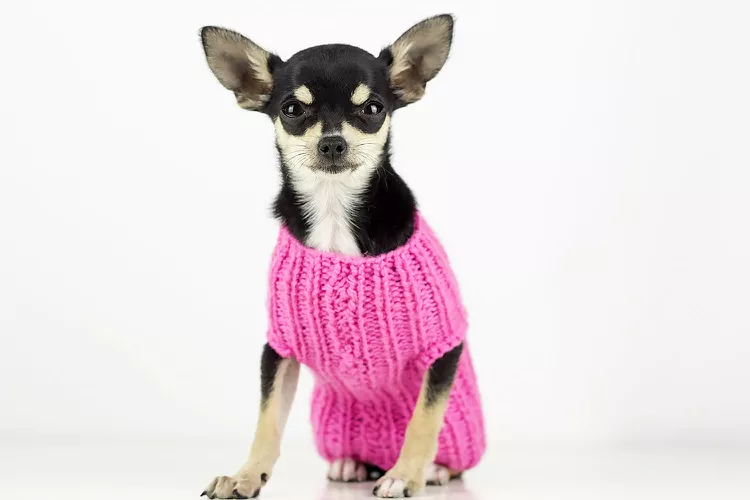
Final Thoughts
While it’s natural for dogs to lick their wounds, the risks usually outweigh the benefits. Licking can lead to further irritation, infection, and delayed healing. Consult with your veterinarian to find the best approach to managing your dog’s wound and preventing excessive licking.


